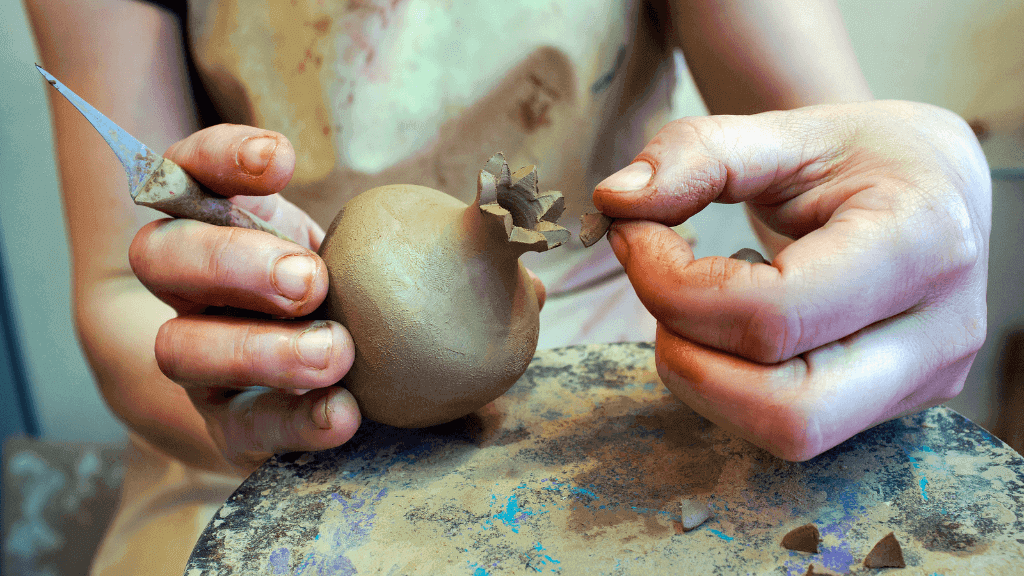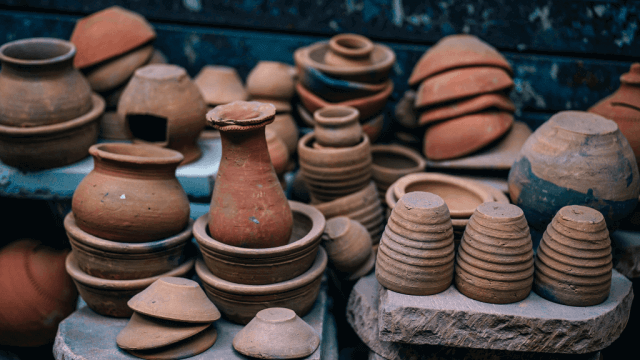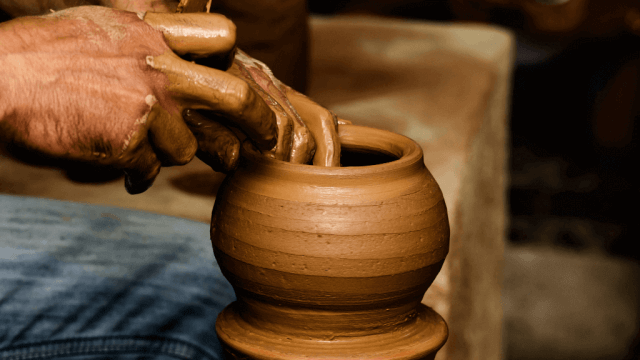It depends on the glaze used. Some raku pottery is food-safe if it uses food-safe glazes without lead or other metals. However, for the most part, raku pottery is not considered food-safe. Unglazed raku clay may be food-safe, but it is porous and may not be sanitary.
What factors determine whether Raku pottery is food-safe or not?
The factors determining whether raku pottery is food-safe include the glaze used and whether it contains toxic metals such as lead and cadmium. Some raku pottery may be food-safe if it uses only food-safe glazes without lead or other metals. Pottery can also be food-safe without glaze when using high-fire clay such as stoneware and fired as recommended. When buying food-safe pottery, besides being lead-safe, one should also consider whether it is chip-resistant and microwave-safe.
Can Raku pottery be used for everyday cooking and serving, or is it only suitable for decorative purposes?
Raku pottery is only sometimes suitable for everyday cooking and serving purposes. Some sources suggest that Raku pots should be used only for decorative purposes, while others say that food-safe glazes can make Raku pottery safe for eating and drinking. It is important to note that even if a Raku pot is food-safe, it may not be suitable for use as dinnerware. If you are unsure whether a particular piece of Raku pottery is safe for use with food, it is best to consult the manufacturer or an expert in ceramics.
What kind of glazes are used in Raku pottery, and do they contain harmful chemicals or toxins?
Raku glazes can contain harmful chemicals such as lead, cadmium, and other toxic metals. However, some raku glazes are non-toxic. Lustre or metallic glazes can also contain poisonous mediums and metallic compounds. It is essential to follow safety rules when working with ceramics to avoid exposure to these toxins.
Are there any special care instructions that need to be followed to maintain the food safety of Raku pottery?
Yes, special care instructions need to be followed to maintain the food safety of raku pottery. First, apply a food-safe glaze to the surface you want to eat from and fire it three times. Second, do not eat, drink, or smoke in the glazing area. Third, scrub your hands thoroughly after glazing. Fourth, use a ceramic dust mask when weighing and mixing powdered materials. Finally, keep dry raw materials in sealable containers and label all containers clearly.
Are there any independent certifications or tests that can confirm the food safety of Raku pottery, and if so, how reliable are they?
There are no independent certifications or tests that can confirm the food safety of raku pottery. However, some raku pottery makers use food-safe glazes without lead or other metals. You can also do tests at home to determine if your glaze is food-safe under your firing conditions. Labs do not test ceramic glazes for “food safeness,” but each batch of AMACO® glazes is laboratory tested before packaging. Therefore, it is vital to research the maker and their materials before purchasing raku pottery for food use.











